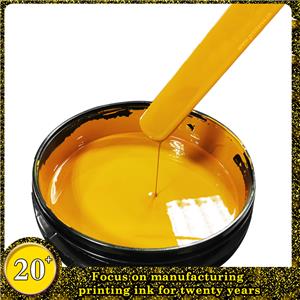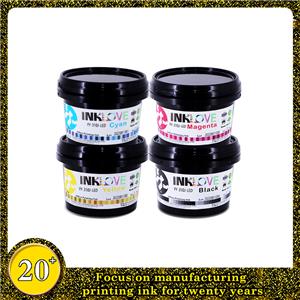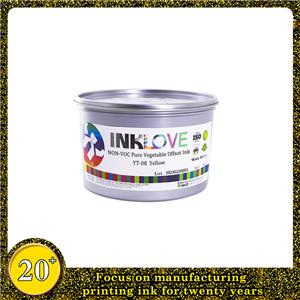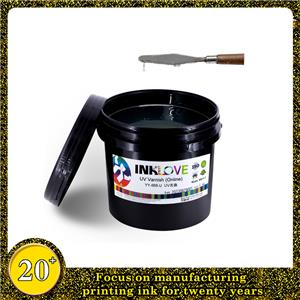Pressure Sensitive Adhesives 1
The full name of pressure-sensitive adhesive is pressure-sensitive adhesive, also commonly known as self-adhesive, referred to as pressure-sensitive adhesive. Pressure-sensitive adhesive products include pressure-sensitive adhesive tape, pressure-sensitive adhesive label paper, and pressure-sensitive film. Their full name is pressure-sensitive adhesive tape, pressure-sensitive adhesive label paper, pressure-sensitive adhesive sheet, commonly known as tape, self-adhesive label paper, and pressure-sensitive film. This component has been adjusted to achieve products with better properties.
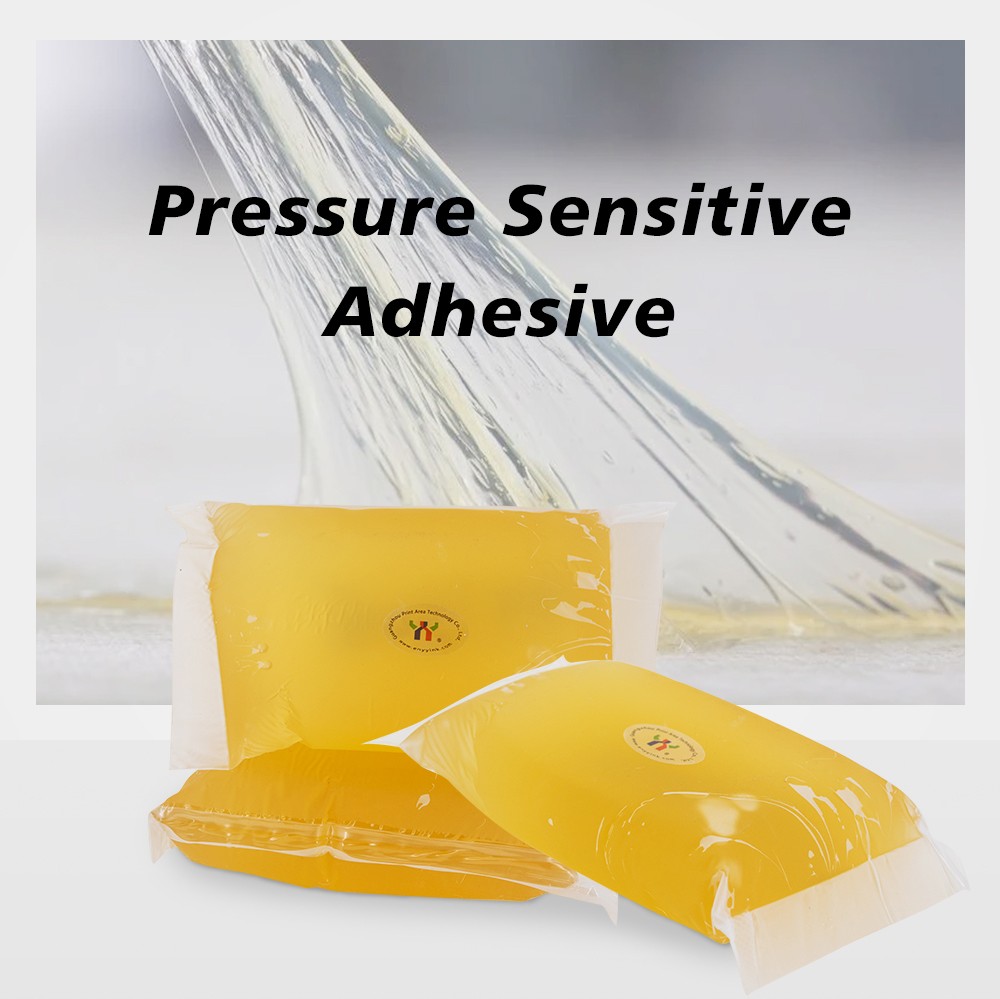
Product name: pressure sensitive adhesives
Common name: self-adhesive
Abbreviation: pressure sensitive adhesive
Composition: pressure-sensitive adhesive tape and pressure-sensitive label paper, pressure-sensitive film
Definition:pressure sensitive adhesive
English name: pressure sensitive adhesives (abbreviation: PSA)
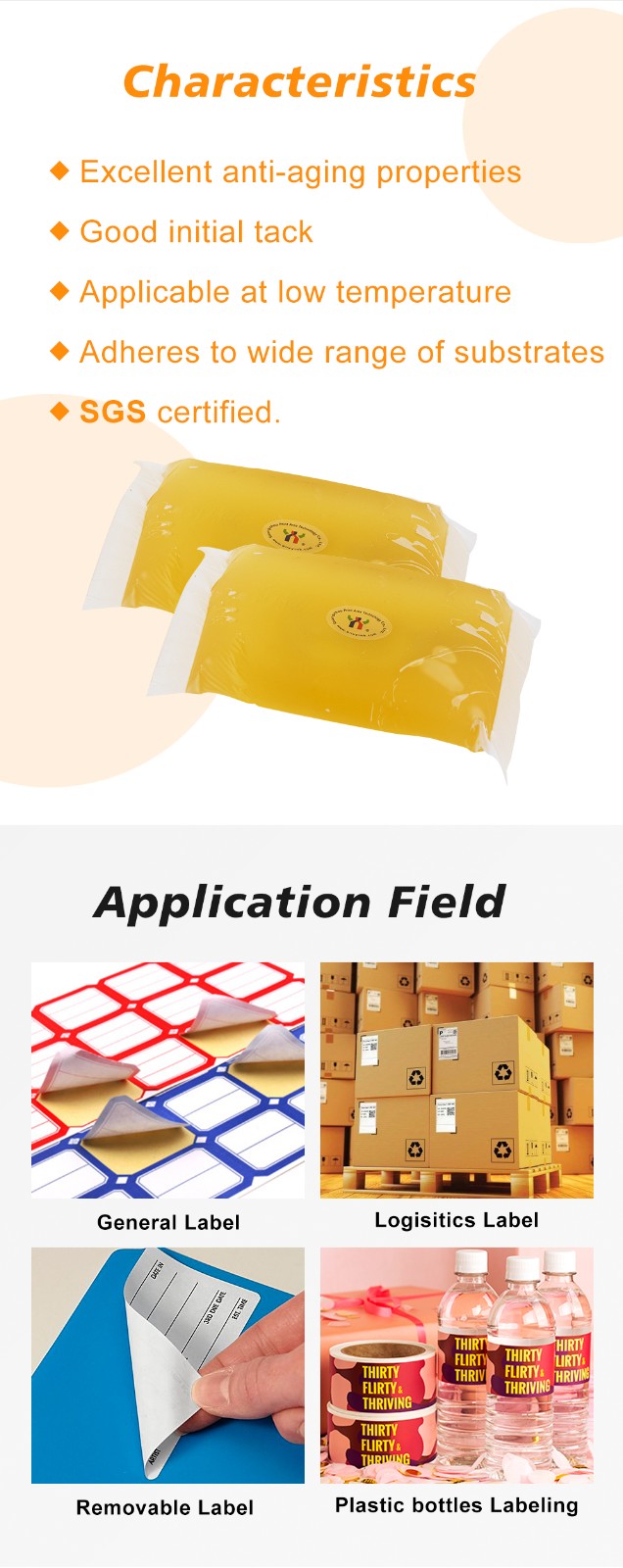
There are more than ten explanations for the meaning of pressure-sensitive adhesive and pressure-sensitive adhesive products. The most common definitions are as follows:
Definition 1: Using finger pressure, it can make the adhesive immediately achieve the purpose of bonding the smooth surface of any adherend. At the same time, if the surface of the adherend is destroyed, the adhesive does not contaminate the surface of the adherend, and this type of adhesive is called pressure-sensitive adhesive. Its bonding process is very sensitive to pressure, so it is called pressure sensitive. Pressure-sensitive adhesives are generally not directly used for the bonding of adherends. Pressure-sensitive adhesives are made from various materials into pressure-sensitive adhesive products (tapes and adhesive labels).
Definition 2: Academic definition: A pressure-sensitive adhesive is a viscoelastic body that has both the viscous properties of a liquid and the elastic properties of a solid; this viscoelastic body has both the contact process and the destruction process that can withstand bonding. influencing factors and nature.
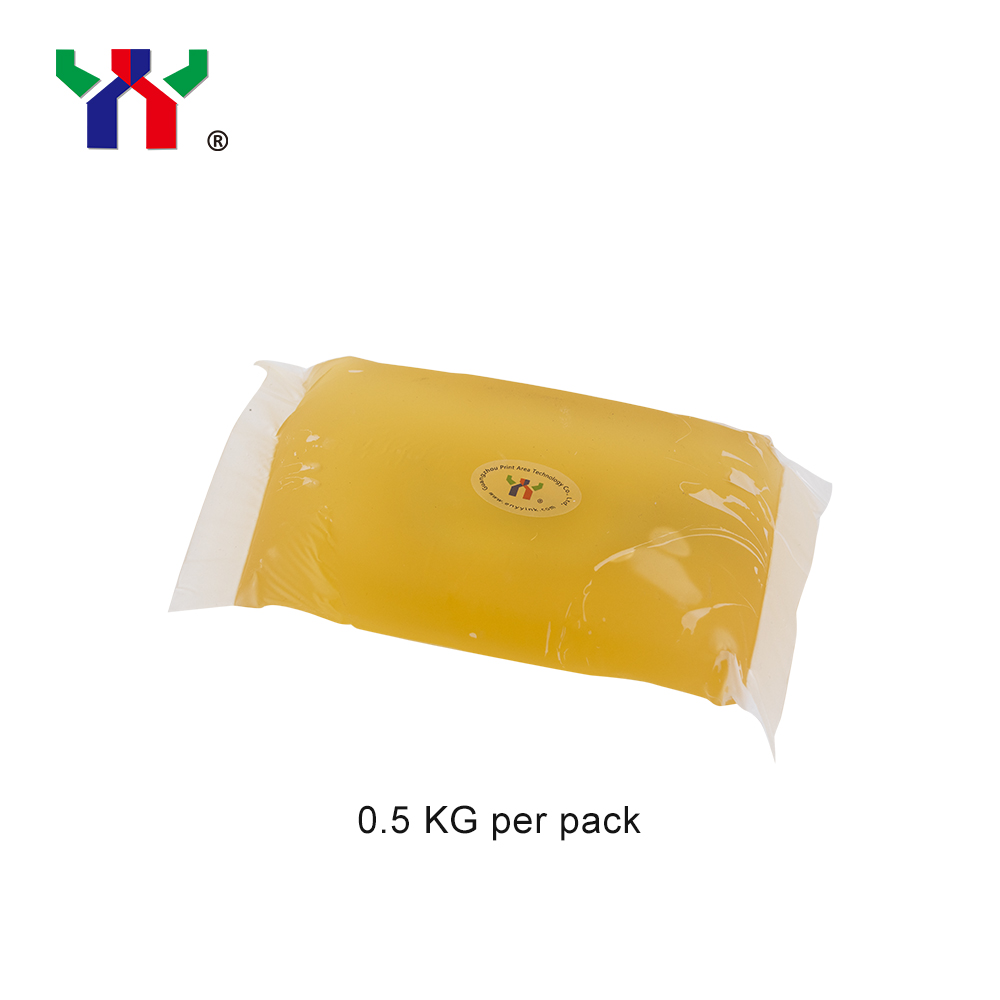
type:
There are many types of pressure-sensitive adhesives, which can be classified from different angles.
(1) Classification of main components of pressure-sensitive adhesives
①Elastomer type pressure sensitive adhesive
The elastomer used in this type of pressure-sensitive adhesive was first natural rubber, and later gradually expanded to various synthetic rubbers and thermoplastic elastomers. According to the elastomer used, such pressure-sensitive adhesives can be further divided into natural rubber pressure-sensitive adhesives, synthetic rubber pressure-sensitive adhesives, and thermoplastic elastomer pressure-sensitive adhesives.
a. Natural Rubber Pressure Sensitive Adhesive
This is a type of rubber-type pressure-sensitive adhesive that was first developed and still has a large output. They are mainly composed of natural rubber elastomers, with complex mixtures of additives such as tackifying resins, softeners, antioxidants, pigments, fillers and cross-linking (vulcanizing) agents. Because natural rubber has high cohesive strength and elasticity , and can be well miscible with many tackifying resins to obtain high viscosity and good wettability to the material to be adhered, so natural rubber is an ideal type of pressure-sensitive adhesive main material. The main disadvantage is that there are unsaturated double bonds in the molecule, and the aging resistance to light and oxygen is poor. However, through measures such as cross-linking and the use of antioxidants, its weather resistance and heat resistance can be improved. Almost all types of pressure-sensitive adhesive products can be made from natural rubber pressure-sensitive adhesives.
b. Synthetic and Recycled Rubber Pressure Sensitive Adhesives
Pressure-sensitive pressure-sensitive products made of styrene-butadiene rubber, polyisoprene rubber, polyisobutylene and butyl rubber, neoprene rubber, nitrile rubber and other synthetic rubbers as the main body, together with additives such as tackifier resin, softener, and anti-aging agent. Adhesives have their own characteristics. But none of them are as important as natural rubber pressure-sensitive adhesives. Recycled rubber, especially pressure-sensitive adhesives made from recycled natural rubber, also has good properties and is relatively inexpensive, so it is also valued.
c. Thermoplastic Elastomer Pressure Sensitive Adhesives
Thermoplastic elastomers represented by styrene-butadiene-styrene block copolymers (SBS) and styrene-isoprene-styrene block copolymers (SIS) are the main types of hot melt pressure-sensitive adhesives. raw material. Hot-melt pressure-sensitive adhesives do not use solvents, do not cause environmental pollution, and have high production efficiency. In today's society with increasing calls for energy saving and elimination of environmental pollution, the importance of such pressure-sensitive adhesives is also increasing.
②Resin type pressure-sensitive adhesive The resins used in this type of pressure-sensitive adhesive include polyacrylate, polyurethane, polyvinyl chloride, polyvinyl ether, etc. Among them, polyacrylate is the most used, and its output has exceeded that of natural rubber pressure-sensitive adhesives. [2]
a. Acrylic pressure sensitive adhesive
Acrylate copolymers obtained by copolymerizing various acrylate monomers are the most important type of resin-based pressure-sensitive adhesives. Compared with the above rubber-type pressure-sensitive adhesives, they have many advantages: colorless and transparent appearance and good weather resistance; generally do not need to use additives such as tackifying resins, softeners and antioxidants to obtain good pressure-sensitive adhesives. Because of its high bonding performance, the formula is simple; the use of copolymerization and crosslinking can produce pressure-sensitive adhesives that meet various performance requirements. Therefore, in the past 20 years, this type of pressure-sensitive adhesive has developed very rapidly and has replaced the dominance of natural rubber pressure-sensitive adhesives.
b. Silicone and other resin-based pressure-sensitive adhesives are pressure-sensitive adhesives composed of a mixture of silicone resin and silicone rubber. They have excellent high temperature resistance and aging resistance. They are a relatively important type of special pressure-sensitive adhesives. Its main uses are Manufacture of various high-grade pressure-sensitive adhesive products.
Polyvinyl ether is a class of resin-based pressure-sensitive adhesives developed earlier, but its importance has gradually been replaced by acrylate pressure-sensitive adhesives.
In addition, ethylene. Vinyl acetate copolymer (EVA), polyurethane, polyester, polyvinyl chloride and other resins can also be formulated into various pressure-sensitive adhesives.
(2) Morphological classification of pressure sensitive adhesives
Pressure-sensitive adhesives can be divided into five types: solvent-based pressure-sensitive adhesives, aqueous pressure-sensitive adhesives, emulsion-based pressure-sensitive adhesives, hot-melt pressure-sensitive adhesives, and calendered pressure-sensitive adhesives.
Emulsion-based, solvent-based and hot-melt pressure-sensitive adhesives dominate.
(3) Whether the main polymer of the pressure-sensitive adhesive is cross-linked
Pressure-sensitive adhesives can be divided into cross-linked and non-cross-linked pressure-sensitive adhesives. Cross-linked pressure-sensitive adhesives can be divided into heating cross-linking type, room temperature cross-linking type, photo-cross-linking type, etc. according to their cross-linking methods. The cross-linked pressure-sensitive adhesive has good adhesive strength and is especially suitable for making permanent pressure-sensitive labels.
Preparation Process
There are four main types of pressure-sensitive adhesives used in industry: solvent-based pressure-sensitive adhesives, emulsion-type pressure-sensitive adhesives, hot-melt pressure-sensitive adhesives, and radiation-curable pressure-sensitive adhesives. Pressure-sensitive adhesives are divided into rubber pressure-sensitive adhesives, polyacrylate pressure-sensitive adhesives, polyvinyl ether resins, polyurethane resins, polyisobutylene and other emulsion pressure-sensitive adhesives according to their polymers. A major feature of my country's pressure-sensitive adhesive industry, emulsion pressure-sensitive adhesives, especially acrylate emulsion pressure-sensitive adhesives, have special importance in my country. [3]
Acrylic pressure-sensitive adhesives are the most used pressure-sensitive adhesives after rubbers. They are copolymers of acrylate monomers and other vinyl monomers, which can be roughly divided into cross-linked and non-cross-linked types. two categories. Due to the low glass transition temperature of homopolymer (Tg: -20——-700C), in general, it is mainly composed of flexible monomers that play a role in adhesiveness. Adding a high glass transition temperature can be endowed with adhesiveness and flexibility. Cohesive hard monomers and a small amount of functional group-containing monomers are copolymerized. The purpose of adding functional group-containing monomers is to enable the pressure-sensitive adhesive to further improve its adhesive force, cohesion and thermal creep resistance through cross-linking. The main characteristics of acrylate monomers are as follows:
1. It has excellent weather resistance and heat resistance with almost no need to add antioxidants.
2. Since it is almost a single component, there is no phase separation and migration.
3. Good transparency.
4. Good oil resistance.
5. No effect on skin, suitable for making medical adhesive tape.
Various polar groups can be introduced through copolymerization, so the adhesive force is generally relatively large. And because of the hydrogen bonding and the cross-linking reaction, the cohesive strength is generally relatively large.
Direction of development
In recent years, with the expansion of the demand for packaging, decoration, office supplies and various labels, the demand for pressure-sensitive adhesives is also increasing. Acrylate pressure-sensitive adhesive emulsions have become the development direction of pressure-sensitive adhesives because of their non-toxicity, non-polluting, and excellent aging resistance, weather resistance, pressure sensitivity and adhesion, and are widely used. In view of the characteristics of pressure-sensitive adhesives that are easy to stick, not difficult to peel off, not damaged by peeling, and will not dry up for a long time, while selecting the main monomer and second monomer of acrylic esters, a variety of The functional group monomer, through repeated experiments and reasonable adjustment of the process formula, screened and synthesized a multi-copolymer acrylate pressure-sensitive adhesive emulsion with good comprehensive properties, which can be applied to double-sided tapes and trademarks that require transfer coating process. Production of paper, etc. Moreover, acrylic pressure-sensitive tapes, double-sided tapes, protective tapes, masking tapes, label tapes and medical tapes have been greatly improved not only in output, but also in bonding and coating properties, and are suitable for various applications. Tape products keep popping up. Despite this, the acrylic pressure-sensitive adhesive and tape industry is still mainly general-purpose, with a single variety, and cannot meet the needs of the market in terms of adhesive performance, water resistance, heat resistance and moisture resistance, and special tapes still need to be imported. Such as high-strength double-sided tape, high temperature masking tape, flame retardant tape, magic tape and solar film and labeling tape. Through the application of various modification methods, the development of polyacrylate emulsion pressure-sensitive adhesive is changing with each passing day. With the synthesis of various new acrylate monomers, and the introduction of components with special functions into the polyacrylate emulsion pressure-sensitive adhesive system, products with different properties will be obtained. direction of development.


